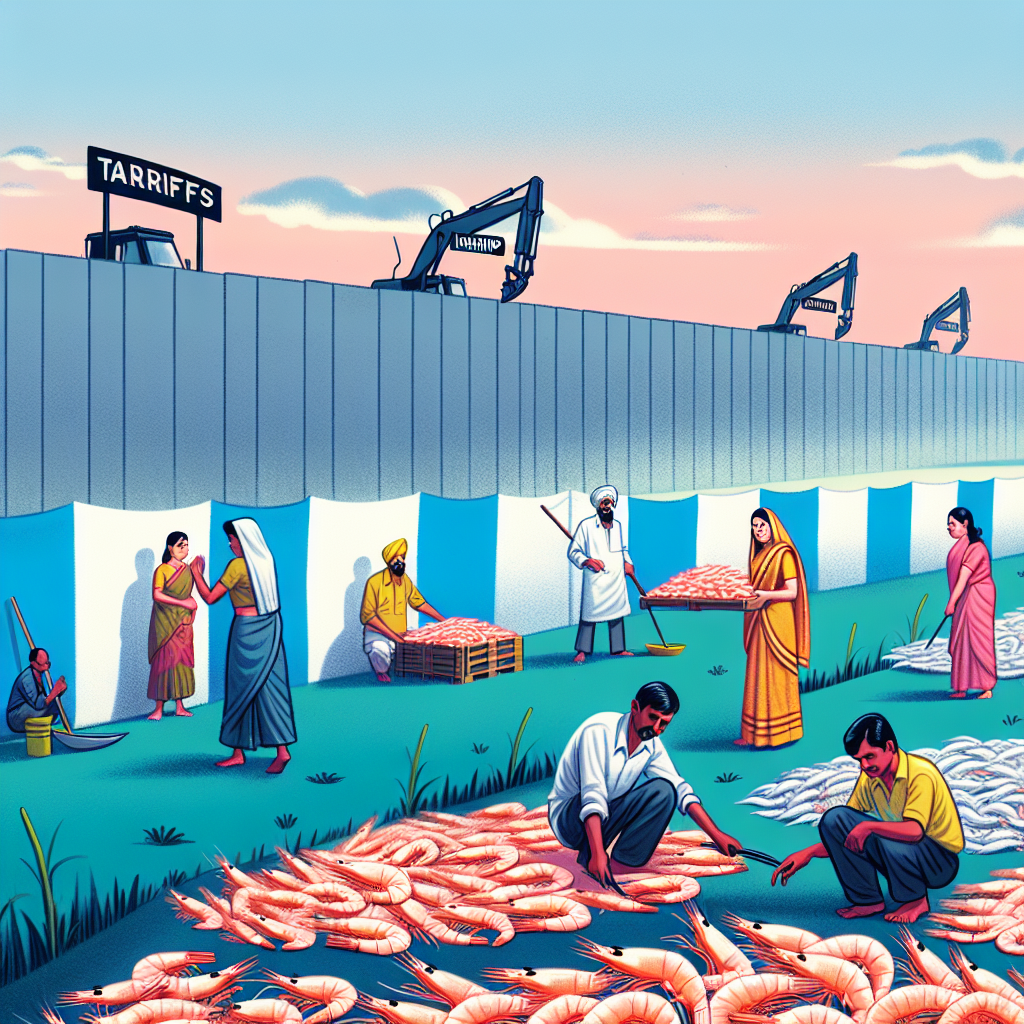India’s Shrimp Industry Faces Challenges Amid Trump Tariffs
India’s Shrimp Industry Faces Challenges Amid Trump Tariffs
Introduction
The Indian shrimp industry, a significant player in the global seafood market, is grappling with new challenges due to tariffs imposed by the Trump administration. These tariffs have created a ripple effect, impacting various facets of the industry and its stakeholders.
Impact of Tariffs
The tariffs have introduced several hurdles for the Indian shrimp industry, affecting its competitiveness and market dynamics.
- Increased Costs: The tariffs have led to higher export costs, making Indian shrimp less competitive in the U.S. market.
- Market Access: Restricted access to one of the largest markets for Indian shrimp has forced producers to seek alternative markets.
- Profit Margins: Shrinking profit margins are a direct consequence of the increased costs and reduced market access.
Industry Response
In response to these challenges, the Indian shrimp industry is adopting various strategies to mitigate the impact of the tariffs.
- Exploring New Markets: Efforts are underway to diversify export destinations beyond the U.S., targeting Europe and Asia.
- Cost Optimization: Producers are focusing on optimizing production processes to reduce costs and maintain profitability.
- Advocacy and Negotiation: Industry leaders are engaging with government officials to negotiate better trade terms and seek relief from tariffs.
Conclusion
The imposition of tariffs by the Trump administration has posed significant challenges for India’s shrimp industry, affecting its cost structure and market access. However, the industry is actively seeking solutions through market diversification, cost optimization, and advocacy efforts. The resilience and adaptability of the industry will be crucial in navigating these turbulent times and securing a stable future.








































